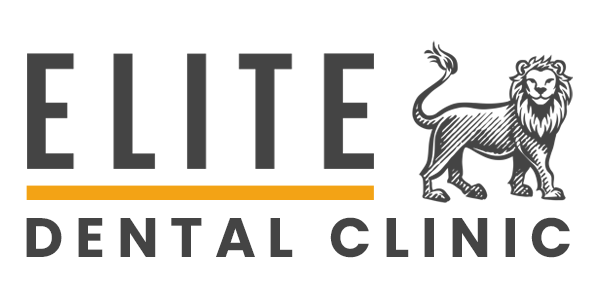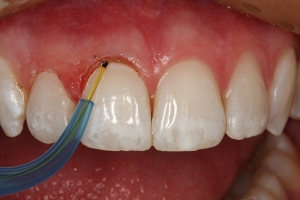Understanding Laser Gingivectomy: A Minimally Invasive Dental Procedure
In the realm of modern dentistry, laser technology has brought forth numerous advancements that enhance patient comfort and treatment outcomes. Laser gingivectomy is one such innovation, offering a minimally invasive solution for various gum-related issues. In this informative guide, we will delve into the intricacies of laser gingivectomy, exploring its purpose, procedure, benefits, and what patients can expect.
Introduction to Laser Gingivectomy
Laser gingivectomy is a dental procedure that involves the use of laser technology to reshape or remove gum tissue. It has gained popularity for its precision and minimally invasive nature compared to traditional surgical techniques.
Why Laser Gingivectomy is Performed
Laser gingivectomy may be performed for various reasons, including:
- Gum Disease: To remove infected or inflamed gum tissue and promote gum health.
- Cosmetic Purposes: To improve the appearance of a gummy smile or uneven gum line.
- Orthodontic Treatment: To expose more of the tooth's surface for better bracket placement.
- Biopsy: To take a small sample of gum tissue for diagnostic purposes.
The Laser Gingivectomy Procedure
Preparing for the Procedure
Before the laser gingivectomy, your dentist will conduct a thorough examination of your oral health and discuss the procedure with you. Local anesthesia may be administered to ensure your comfort during the treatment.
The Laser Treatment
During the procedure, the dentist will use a specialized dental laser to precisely remove or reshape the gum tissue. The laser's high-energy light beam seals blood vessels and nerve endings as it works, reducing bleeding and discomfort. Patients often report minimal pain during and after the procedure.
Post-Treatment Care
After laser gingivectomy, it's essential to follow your dentist's post-operative instructions carefully. This typically involves:
- Oral Hygiene: Maintaining good oral hygiene practices, including gentle brushing and rinsing with a mild saltwater solution.
- Diet: Eating soft foods and avoiding spicy, hot, or rough-textured foods for a few days.
- Medication: Taking prescribed pain relievers or antibiotics, if necessary.
- Follow-up: Scheduling and attending follow-up appointments with your dentist to monitor healing.
Advantages of Laser Gingivectomy
Minimally Invasive
One of the most significant advantages of laser gingivectomy is its minimally invasive nature. Traditional gum surgeries often involve incisions and sutures, leading to more discomfort and longer healing times. Laser gingivectomy minimizes these issues.
Reduced Discomfort
Thanks to the laser's precision and cauterizing effect, patients typically experience less discomfort during and after the procedure. Many report little to no pain.
Faster Healing
The reduced trauma to the gum tissue results in faster healing compared to traditional methods. Patients can often return to their normal routines sooner.
Precise and Accurate
Laser technology allows for precise and accurate tissue removal, ensuring that only the targeted area is affected.
Common Applications of Laser Gingivectomy
Laser gingivectomy is used for various dental applications, including:
- Gum Disease Treatment: Removing infected gum tissue to promote gum health.
- Cosmetic Gum Reshaping: Enhancing the appearance of the smile by contouring the gum line.
- Orthodontic Treatment: Creating space for tooth movement or exposing impacted teeth.
- Biopsy: Taking tissue samples for diagnostic purposes.
Is Laser Gingivectomy Right for You?
Whether laser gingivectomy is suitable for you depends on your specific dental needs and the recommendation of your dentist. They will assess your oral health, discuss your goals, and determine if this minimally invasive procedure is the best course of action for you.
Frequently Asked Questions (FAQs)
- Is laser gingivectomy painful?
Laser gingivectomy is generally associated with minimal discomfort, and patients often report little to no pain during the procedure. - How long does it take to recover from laser gingivectomy?
Recovery times vary but are typically shorter than traditional gum surgery. Most patients can return to their normal activities within a few days. - Are there any risks associated with laser gingivectomy?
While laser gingivectomy is considered safe, like any medical procedure, there are potential risks. Your dentist will discuss these with you before the treatment. - Will my gums grow back after laser gingivectomy?
Gum tissue that is removed during the procedure will not grow back, but the remaining tissue will heal and reshape naturally.

